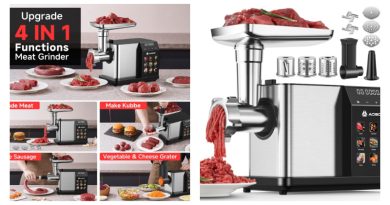Mastering Online Advertising for the Pest Control Industry: Essential Tips
In the contemporary digital era, the pest control industry faces fierce competition, making it essential to stand out in the online space. Online advertising offers a dynamic platform for pest control businesses to reach a broader audience, engage potential customers, and increase their market share. For instance, by strategically utilizing Google Ads for Pest Control, companies can effectively target potential customers dealing with pest issues, increasing their visibility and customer base in a competitive market. This listicle provides essential tips for mastering online advertising, specifically tailored for the pest control industry.
Contents
Understanding Your Target Audience
The first step in effective online advertising is understanding the target audience. Pest control companies should identify the specific needs, preferences, and behaviors of their potential customers. This involves analyzing demographics, geographical locations, and the common pest issues they face. Tailoring advertising content to resonate with these aspects can significantly enhance engagement and conversion rates.
Choosing the Right Platforms
Selecting appropriate platforms for online advertising is crucial. While social media channels like Facebook, Instagram, and Twitter offer broad reach, platforms like LinkedIn can be more effective for B2B marketing. For instance, Google Ads for Pest Control provides an invaluable tool for reaching customers actively searching for pest control solutions. Each platform requires a different strategy, so knowing where your intended audience spends their time online is critical.
Crafting Compelling Ad Content
Creating engaging ad content is fundamental. This involves using attention-grabbing headlines, persuasive descriptions, and high-quality images or videos that showcase the effectiveness of the pest control services. It’s important to highlight unique selling points, such as eco-friendly methods or 24/7 service availability. Clear calls-to-action (CTAs) should be included to guide potential customers toward booking a service or learning more.
Utilizing SEO Strategies
Search Engine Optimization (SEO) plays a vital role in online advertising. Optimizing website content with relevant pest control service keywords helps in ranking higher in search engine results. This increases visibility and drives organic traffic to the website. Regularly updating the website with informative and keyword-rich blog posts can further boost SEO efforts.
Leveraging Customer Reviews and Testimonials
Incorporating customer reviews and testimonials in advertising campaigns can significantly enhance credibility and trust. Positive reviews from satisfied customers serves as social proof, encouraging others to choose the service. Highlighting these reviews in ads or landing pages can be a powerful persuasion tool.
Monitoring and Adjusting Campaigns
Online advertising requires continuous monitoring and adjustment for maximum effectiveness. Employing analytical tools to monitor ad campaign performance aids in discerning effective strategies from those that are less successful. This data can be used to optimize ad content, targeting, and budget allocation, ensuring the best return on investment.
Conclusion:
To sum up, mastering online advertising in the pest control industry involves deeply understanding the target audience, selecting the right platforms, creating compelling content, utilizing SEO strategies, leveraging customer reviews, and continuously monitoring and adjusting campaigns. Adhering to these crucial guidelines enables pest control companies to strengthen online visibility, draw in more clientele, and grow their business in the competitive digital landscape. Staying ahead in online advertising is not just an option but a necessity for the growth and sustainability of pest control businesses.




